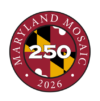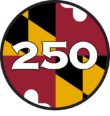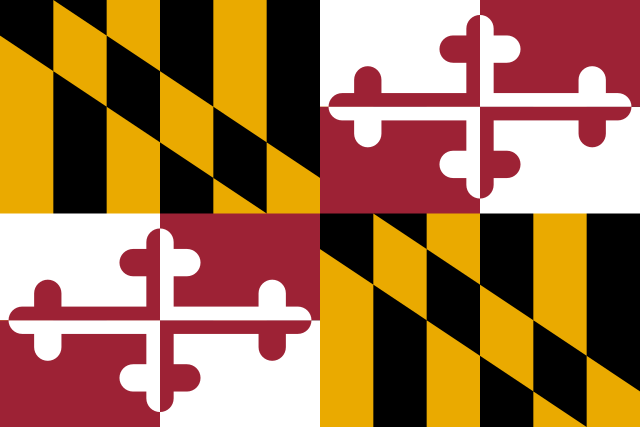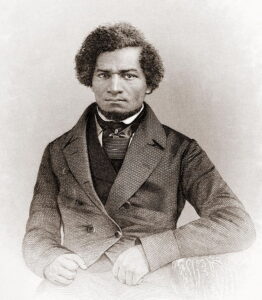The Maryland General Assembly makes the new state flag official. Based on the 1620s heraldic crest of George Calvert, the first Baron of Baltimore, the Maryland Flag has definitely become the most popular and widely recognized state flag in the nation.
The flag’s four quadrants hark back to the Middle Ages when knights carried their colors into battle. The Calvert family is represented by the black and gold quadrants. The red and white bottony cross quadrants most likely come from the Crossland family of George Calvert’s mother although there is evidence that they may be related to Calvert’s first wife Anne Wynne. The union of black and gold and red and white crosses, has been present on the seal of Maryland since 1632.
During the Civil War when border state soldiers fought for both the North and the South, Maryland “secesh” volunteers adopted the red and white cross for their Confederate cause. After the war, Maryland’s government created the modern flag (1904), possibly as a sign of reconciliation for a divided state.
Today our 400 year old design has many uses. From football uniforms to tote bags, the quadrants have been popularized into many configurations, all immediately recognized by Marylanders everywhere.
For More Information
Secretary of State Office website: History of the Maryland Flag






